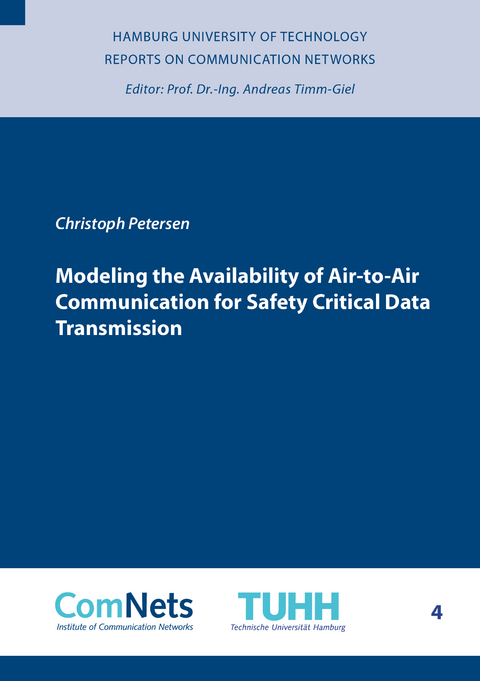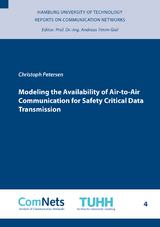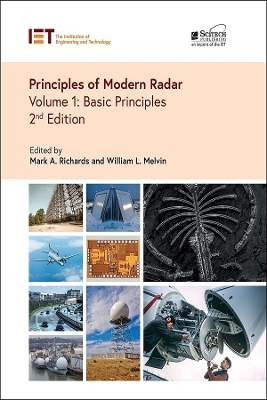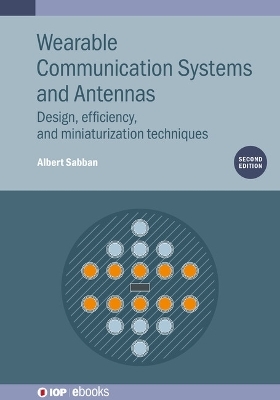Modeling the Availability of Air-to-Air Communication for Safety Critical Data Transmission
Seiten
In this work analytical models for aircraft mobility are developed which can be used as a toolbox to assess the availability of air-to-air communication above the North Atlantic Corridor. A single- or multi-hop transmission of safety-critical data, e.g. content from the flight data- or cockpit voice recorder, shall help improving accident investigation as well as search and rescue operations in case of an emergency, and could even support the flight crew in distress by live interaction between aircraft and ground control.
Aircraft mobility is investigated in detail with regard to the establishment of an air-to-air communication network and the precision of the captured aircraft traces is also assessed. A model for the link probability is then developed, which allows for determining the link probability depending on aircraft density and radio range. Such a single-hop approach already allows for offloading safety-critical flight data to another aircraft. This model is then extended to not only take into account direct neighbors but setting up a transmission chain from an aircraft in distress to a data sink on ground. For obtaining the probability for such a path, the required number of intermediate hops is being determined by conservative analysis as well. The selection of the next-hop candidate has a severe impact on the expected link and path duration being investigated in another model. Depending on its position within the radio range and the relative movement to the reference aircraft, the minimum link and path durations are derived analytically. The developed analytical models allow for parametrization and quick assessment of different scenarios, evaluating the possibility for a complete and uninterrupted transmission of flight data during a distress situation.
Aircraft mobility is investigated in detail with regard to the establishment of an air-to-air communication network and the precision of the captured aircraft traces is also assessed. A model for the link probability is then developed, which allows for determining the link probability depending on aircraft density and radio range. Such a single-hop approach already allows for offloading safety-critical flight data to another aircraft. This model is then extended to not only take into account direct neighbors but setting up a transmission chain from an aircraft in distress to a data sink on ground. For obtaining the probability for such a path, the required number of intermediate hops is being determined by conservative analysis as well. The selection of the next-hop candidate has a severe impact on the expected link and path duration being investigated in another model. Depending on its position within the radio range and the relative movement to the reference aircraft, the minimum link and path durations are derived analytically. The developed analytical models allow for parametrization and quick assessment of different scenarios, evaluating the possibility for a complete and uninterrupted transmission of flight data during a distress situation.
| Erscheinungsdatum | 24.09.2021 |
|---|---|
| Reihe/Serie | Reports on Communication Networks ; 4 |
| Verlagsort | Düren |
| Sprache | englisch |
| Maße | 148 x 210 mm |
| Gewicht | 234 g |
| Themenwelt | Technik ► Nachrichtentechnik |
| Schlagworte | Aircraft to Aircraft Communication • Aircraft Traffic Analysis • Analytical modeling • connectivity • Online Black Box |
| ISBN-10 | 3-8440-8195-X / 384408195X |
| ISBN-13 | 978-3-8440-8195-4 / 9783844081954 |
| Zustand | Neuware |
| Haben Sie eine Frage zum Produkt? |
Mehr entdecken
aus dem Bereich
aus dem Bereich
Basic Principles
Buch | Hardcover (2023)
Institution of Engineering and Technology (Verlag)
149,60 €
Buch | Hardcover (2022)
Institution of Engineering and Technology (Verlag)
179,95 €
Buch | Hardcover (2022)
Institute of Physics Publishing (Verlag)
149,60 €




